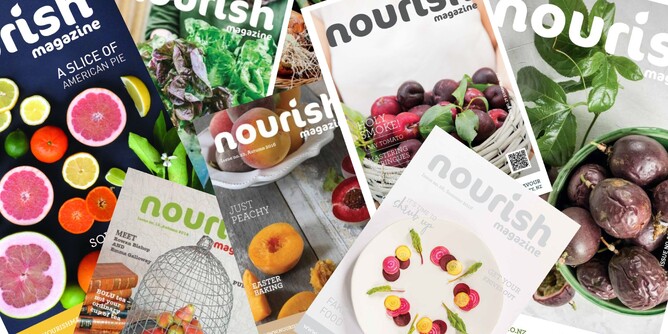Tea has always been a big part of Shai Nair's life.
Her forefathers were tea planters in India, and as a teenager she boarded at a school surrounded by tea plantations.
With a career in hospitality management, Shai has lived and worked around the world, from Paris and Vienna to Geneva and Singapore. But when a Waikato lad stole her heart she found herself living in Hamilton with a young family and it seemed the perfect opportunity to pursue her passion for tea.
Shai has spent several years building her knowledge of tea. A certificate in tea from the US Tea Institute was completed first, followed by tea sommelier training in Sri Lanka. Shai’s background in the hospitality industry makes her particularly interested in matching food with teas as you would wine.
The analogy with wine doesn’t stop there. BOLU teas are all from the Darjeeling region in India. Considered the Champagne of teas, Darjeeling, like Champagne in France, is trademarked with a limited number of tea merchants actually legally registered to use the name Darjeeling. The continued misuse of the label Darjeeling is a huge problem. Each year it is estimated that four times the amount of tea produced in Darjeeling is labelled and marketed as Darjeeling.
BOLU Darjeeling teas are all single estate teas, each harvested from one particular estate from one particular season. Just as different vineyards, depending on their soil and sunshine hours produce different flavours from the same grape variety, so too is the case with teas. The time of year the tea is picked also plays a part in the final taste of each tea.
First flush teas are harvested in mid-March following spring rains, and are very light in color, aroma and astringency. Second flush teas, harvested in June, result in amber, full bodied, muscatel-flavoured teas. Teas from the autumnal flush are harvested in the autumn after the rainy season, and are somewhat less delicate with a fuller body and darker colour.
Each season’s samples of the teas are sent to Shai so she can test them. Brewing them with local water is key as this is what her customers will be using. This is so crucial, when Shai visits the plantations in India she packs bottles of Hamilton tap water in order to taste the teas the way they will taste back home.
Visiting the plantation often is yet another way Shai ensures BOLU teas are true to what she set out to achieve. Bolu teas are predominantly from biodynamic plantations as well as being fair-trade. Being stamped fair-trade is one thing, but Shai insists on finding out for herself the conditions for the workers, wanting to know how they are treated, if they have pension schemes and if there are schools for their children.
The welfare and future of the people who produce the tea is paramount, but this also results in a superior product. Workers are paid by the weight of their pick, so poorer workers are more concerned with filling their bags than they are on quality.
Shai says, “Purchasing directly from the tea gardens and sampling it throughout every tea season means we can be sure Bolu teas are amongst the best in the world.”
As a proponent of drinking tea, Shai is quick to point out “tea is not a tonic”. It won’t make you lose weight or cure heart disease, instead Shai believes the art of making a cup of tea is an opportunity for us to unwind and take time out in our now hectic lives. “Tea is more than just a beverage. It’s a spiritual awakening of the senses,” says Shai who is determined to introduce great tea to New Zealanders.
The definition of tea is two leaves and a bud from the Camellia sinensis bush. From this, depending on how the picked leaves are dried and cured, you get white, green, oolong and black tea.
Tips to help make the perfect cuppa
- Use fresh cold water (not distilled) and bring to the boil, then cool for 2–3 minutes — the water should be 82°C–85°C.
- Check to see ideal steep time for your choice of tea
- Taste your tea after it has steeped for a couple of minutes. Keep tasting until desired flavour. Taste is much more important than colour
- When desired flavour has been achieved, pour off all liquid to prevent over steeping.
Source: Nourish Magazine

